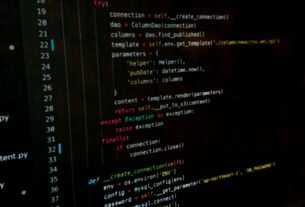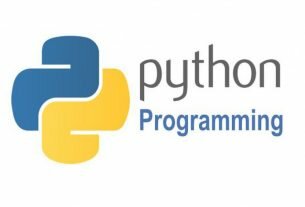Question or problem about Python programming:
I am able to read and slice pandas dataframe using python datetime objects, however I am forced to use only existing dates in index. For example, this works:
>>> data
DatetimeIndex: 252 entries, 2010-12-31 00:00:00 to 2010-04-01 00:00:00
Data columns:
Adj Close 252 non-null values
dtypes: float64(1)
>>> st = datetime.datetime(2010, 12, 31, 0, 0)
>>> en = datetime.datetime(2010, 12, 28, 0, 0)
>>> data[st:en]
Adj Close
Date
2010-12-31 593.97
2010-12-30 598.86
2010-12-29 601.00
2010-12-28 598.92
However if I use a start or end date that is not present in the DF, I get python KeyError.
My Question : How do I query the dataframe object for a date range; even when the start and end dates are not present in the DataFrame. Does pandas allow for range based slicing?
I am using pandas version 0.10.1
How to solve the problem:
Solution 1:
Use searchsorted to find the nearest times first, and then use it to slice.
In [15]: df = pd.DataFrame([1, 2, 3], index=[dt.datetime(2013, 1, 1), dt.datetime(2013, 1, 3), dt.datetime(2013, 1, 5)])
In [16]: df
Out[16]:
0
2013-01-01 1
2013-01-03 2
2013-01-05 3
In [22]: start = df.index.searchsorted(dt.datetime(2013, 1, 2))
In [23]: end = df.index.searchsorted(dt.datetime(2013, 1, 4))
In [24]: df.iloc[start:end]
Out[24]:
0
2013-01-03 2
Solution 2:
Short answer: Sort your data (data.sort()) and then I think everything will work the way you are expecting.
Yes, you can slice using datetimes not present in the DataFrame. For example:
In [12]: df
Out[12]:
0
2013-04-20 1.120024
2013-04-21 -0.721101
2013-04-22 0.379392
2013-04-23 0.924535
2013-04-24 0.531902
2013-04-25 -0.957936
In [13]: df['20130419':'20130422']
Out[13]:
0
2013-04-20 1.120024
2013-04-21 -0.721101
2013-04-22 0.379392
As you can see, you don’t even have to build datetime objects; strings work.
Because the datetimes in your index are not sequential, the behavior is weird. If we shuffle the index of my example here…
In [17]: df
Out[17]:
0
2013-04-22 1.120024
2013-04-20 -0.721101
2013-04-24 0.379392
2013-04-23 0.924535
2013-04-21 0.531902
2013-04-25 -0.957936
…and take the same slice, we get a different result. It returns the first element inside the range and stops at the first element outside the range.
In [18]: df['20130419':'20130422']
Out[18]:
0
2013-04-22 1.120024
2013-04-20 -0.721101
2013-04-24 0.379392
This is probably not useful behavior. If you want to select ranges of dates, would it make sense to sort it by date first?
df.sort_index()
Solution 3:
You can use a simple mask to accomplish this:
date_mask = (data.index > start) & (data.index < end) dates = data.index[date_mask] data.ix[dates]
By the way, this works for hierarchical indexing as well. In that case data.index would be replaced with data.index.levels[0] or similar.
Solution 4:
I had difficulty with other approaches but I found that the following approach worked for me:
# Set the Index to be the Date
df['Date'] = pd.to_datetime(df['Date_1'], format='%d/%m/%Y')
df.set_index('Date', inplace=True)
# Sort the Data
df = df.sort_values('Date_1')
# Slice the Data
From = '2017-05-07'
To = '2017-06-07'
df_Z = df.loc[From:To,:]



